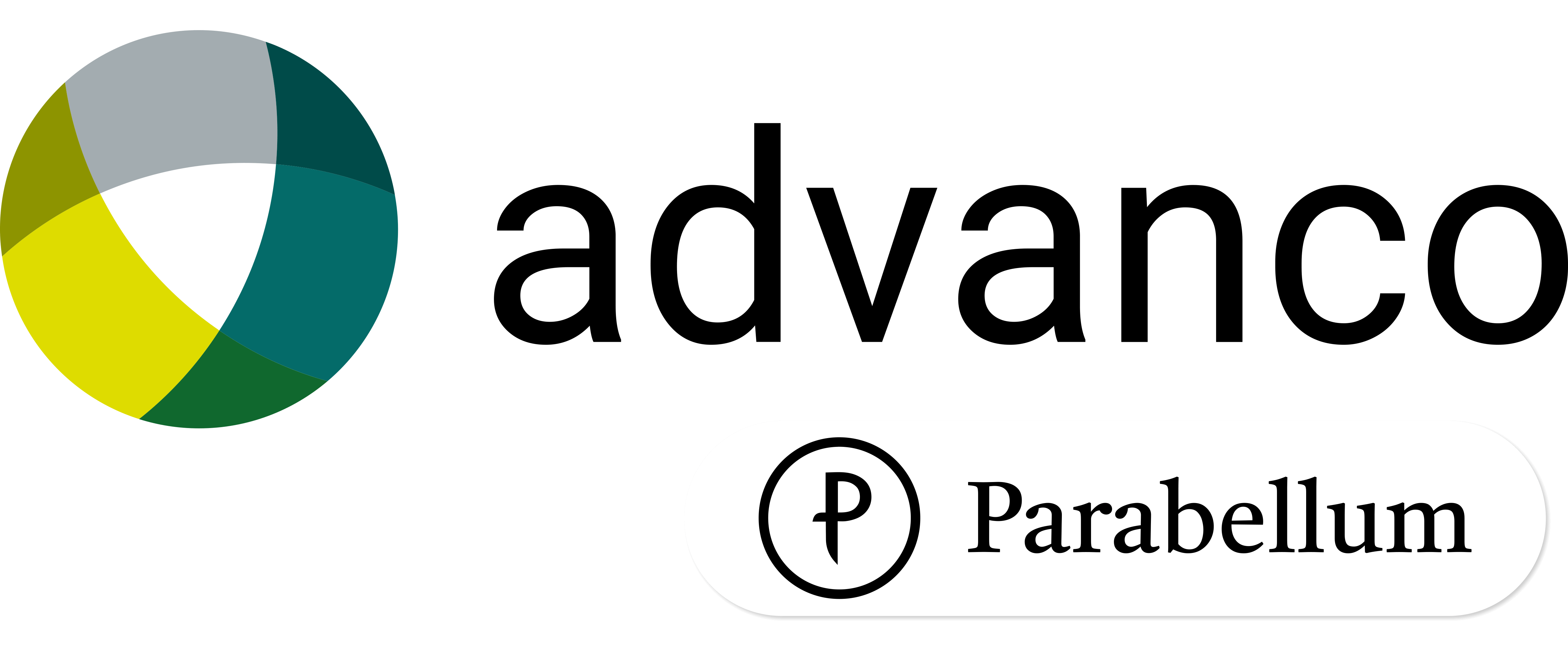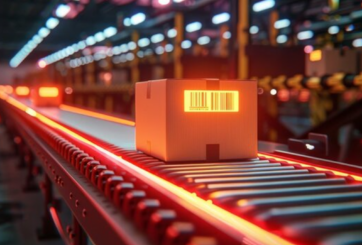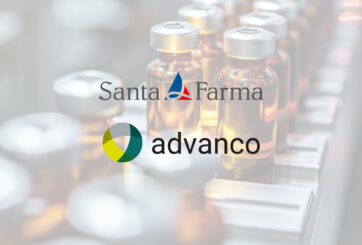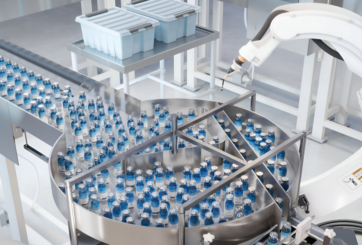M&A in the pharmaceutical serialization sector
As has been reported in many of the leading pharmaceutical trade publications, advanco has recently announced the acquisition of Vantage Consulting Group.

This major strategic acquisition marks a significant milestone in the evolution of advanco. It means that in addition to our established ARC-powered serialization solutions, we now offer integrated design, implementation, and validation engineering services. In an ever-competitive business environment, the acquisition places us in an incredibly strong position for the future as serialization and automation services are expected to experience huge growth.
With the acquisition of Vantage marking such an important step for advanco, we thought it would be a good moment to briefly examine the overall topic of mergers and acquisitions (M&A) in the pharmaceutical serialization sector specifically, before moving on to the wider pharmaceutical industry.
The background to serialization M&A
Before we look at specific examples of what has been happening in the serialization sector, it is useful to remind ourselves why we are seeing consolidation.
The fact is that demand for serialization is expected to dramatically increase over the coming years. There are many reasons for this, one of the most important being down to the global surge in complex pharmaceutical regulations aimed at combatting the grave threat of counterfeit medicines. We are also seeing non-pharmaceutical sectors, including food and luxury goods, also investigating the good work that serialization solutions can do for their brands as a way of proving to consumers they are buying the genuine product.
Additionally, as Industry 4.0 continues to evolve, there is a growing emphasis on leveraging technology as machines become smarter and able to fully communicate with each other.
To meet this demand, serialization solutions providers need to show they have the expertise, skills and market reach to deliver the solutions that are needed.
Serialization M&A examples
Just as the acquisition of Vantage will continue to drive advanco’s offering in the coming years, we have seen plenty of other M&A examples.
The trade publication, Securing Industry, provides a good reference point. Some of the recent examples of M&A that it reports in serialization for pharma and other sectors include Marchesini’s takeover of SEA Vision last year, Engineering USA’s play for Movilitas and Markem-Imaje’s buyouts of Blue Bite and Systech. It also covers Antares Vision’s acquisitions of rfXcel and the assets of Adents after it went into administration, and Optel Vision’s takeovers of GeoTraceability and Verify brand.
M&A in the wider pharmaceutical sector
The pharmaceutical industry arguably sees some of the highest amounts of M&A activity, both in the number of deals and the amount of money spent on acquisitions and mergers.
Why is this?
The single most important driver for changes in the pharma industry is the ever-increasing cost of drug development.
A study of costs states that on average, the development of a new drug—a new active pharmaceutical ingredient (API)—costs around $1.4 billion, if pipeline failures are factored in. It usually takes ten years from synthesis to approval, thus $1.2 billion capital costs accrue to the figure, which results in an average total cost of $2.6 billion to develop a new drug.
Even for a reasonably-sized manufacturer, this is a vast amount of capital to find in addition to the everyday operating costs needed to keep the production lines of other drugs moving.
An interesting article in Contract Pharma outlines how a fundamental reason behind the growing costs is the advancement of medicine. To create value, new drugs need either to solve a problem which has previously been intractable or be significantly better than what already exists on the market.
The other driver for the development costs is the ever-increasing regulatory requirements.
The article claims that a company needs to invest between $2-4 billion per year in R&D to have a meaningful portfolio of drug development programs. Putting this in perspective, in the long-term, pharma companies spend 20% of their revenue from high-margin original drugs on R&D.
Thus, only companies with revenue of $10 billion or higher from originals can afford to have a substantial drug development program. By joining forces, companies are more able to meet these huge costs.
Pharmaceutical M&A figures
The Financial Times reports how pharmaceutical and biotech companies spent $85bn on acquisitions in the first five months of the year, marking a dramatic recovery in dealmaking as they seek to replenish their drug pipelines.
The FT describes this as a “surge” in M&A, compared to just $35.6bn in deals in the same period of 2022 and $49.1bn the year before. They say that this surge is being fuelled by large cash reserves amassed during the coronavirus pandemic and investor concerns about future growth prospects.
Recent high-profile M&A examples include Pfizer, Merck and Sanofi, all announcing multibillion-dollar acquisitions, even as dealmaking across other market sectors has fallen sharply due to rising interest rates and tighter bank lending.
Conclusion
The pharmaceutical serialization sector specifically, and the wider pharmaceutical sector more generally, never sit still.
Not only are they a hot bed of innovation, research, and expertise, but we also witness continuous movement coming from the CFO and COO offices, with M&A deals regularly being announced.
Indeed, the energy coming from the sectors is immense. There is always something going on and with Industry 4.0. on the horizon, increased levels of regulation being mandated by governments across the globe and a never-ending quest to beat the pharma forgers, the energy levels are set to remain in overdrive for a long time to come – with no sign of M&A activity ending any time soon.



